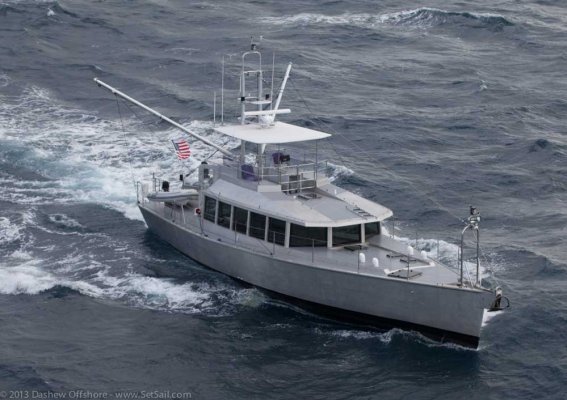Anchor Brian
Senior Member
Gents,
Sorry about the link with the anchor test story, I jumped the gun by uploading it and the magazine asked me to take the story down until their subscribers get a copy in the mail and they have it up on their web site.
Art, our consultant Bob Taylor has charted the 1990 SF Bay and the recent Chesapeake Bay soft mud test results, and they are very similar and consistent. If you would like a copy, then please send me a PM with your e-mail address.
Psneeld, we have exhibited at the 5 day US Sailboat Show in Annapolis for the past 15 years or so, and during that time we have talked to many cruisers who have had difficulties getting their plow-type anchors to set and hold well in the local bottoms.....which closely mirrored the results during our testing.....so what we heard firsthand ourselves from cruisers was exactly what we found.
Sorry about the link with the anchor test story, I jumped the gun by uploading it and the magazine asked me to take the story down until their subscribers get a copy in the mail and they have it up on their web site.

Art, our consultant Bob Taylor has charted the 1990 SF Bay and the recent Chesapeake Bay soft mud test results, and they are very similar and consistent. If you would like a copy, then please send me a PM with your e-mail address.
Psneeld, we have exhibited at the 5 day US Sailboat Show in Annapolis for the past 15 years or so, and during that time we have talked to many cruisers who have had difficulties getting their plow-type anchors to set and hold well in the local bottoms.....which closely mirrored the results during our testing.....so what we heard firsthand ourselves from cruisers was exactly what we found.
Last edited:




